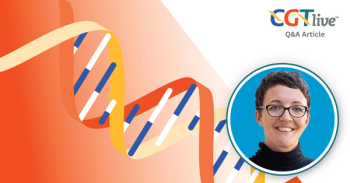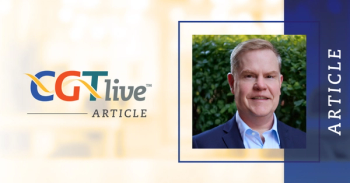
MS Stem Cell Treatments Show 3-Year Benefit
Treating patients with relapsing-remitting multiple sclerosis (RRMS) with autologous hematopoietic cell transplantation (HCT) has worked for most patients based on an interim report 3 years into a study. But the therapy has risks that critics say outweigh the benefits.
Treating patients who have relapsing-remitting multiple sclerosis (RRMS) with autologous hematopoietic cell transplantation (HCT) has worked for most patients based on an interim report 3 years into a study. But the therapy has risks that critics say outweigh the benefits.
Reporting in
The therapeutic intervention consisted of collecting peripheral blood stem cells from patients, then treating them with high doses of carmustine, etoposide, cytarabine, and melphalan. They also go rabbit antithymocyte globulin before their stem cells were reintroduced.
The reasoning behind the treatment is that in MS immune cells migrate into the central nervous system. The chemotherapy agents used are meant to wipe out these intruders. Then, by re-introducing hematopoietic cells, doctors reset the patient’s immune system.
In the study, 24 patients received treatment. The median time period since MS diagnosis was 4.9 years. Patients were aged 27 to 53 and 68% were female.
But among the adverse events that occurred were 2 suicide attempts and 2 deaths. In all 5 patients failed treatment. On the positive side, event-free survival was 82.8% at 2 years, and 78.4% at 3 years.
The authors conclude that HDIT/HCT treatment “induced remission of MS disease activity for up to 3 years in most participants.” For that reason, it may “represent a therapeutic option for patients with MS in whom conventional immunotherapy fails, as well as for other severe immune-medicated diseases of the central nervous system,” despite the adverse events reported. The full study will be completed when patients have been followed for 5 years.
In an accompanying
Newsletter
Stay at the forefront of cutting-edge science with CGT—your direct line to expert insights, breakthrough data, and real-time coverage of the latest advancements in cell and gene therapy.

























